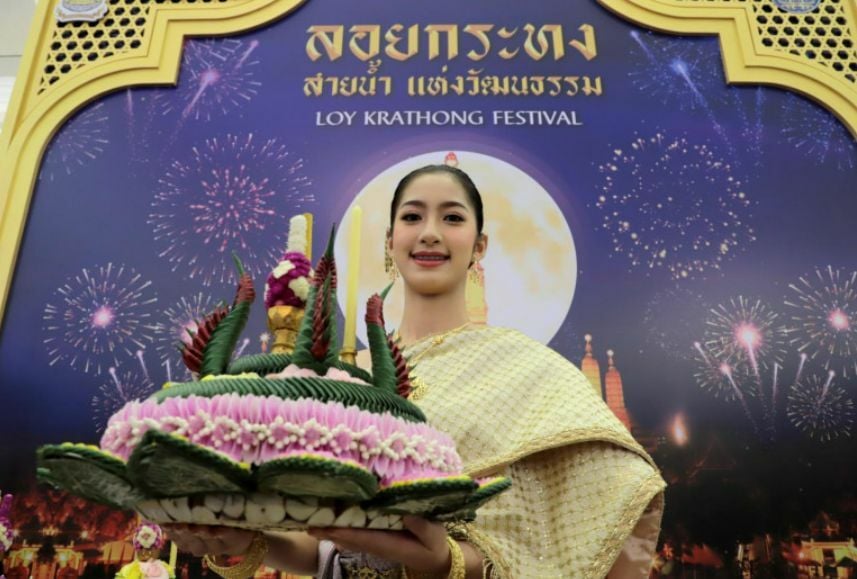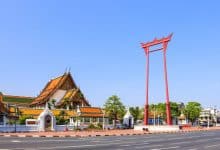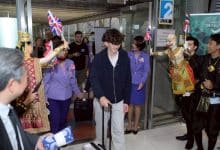Thailand sees 5% tourism expenditure rise despite high living costs

The Tourism Authority of Thailand (TAT) predicts a 5% surge in tourism expenditure during this year’s Loy Krathong festival, amounting to a total of 6.1 billion baht. The anticipated increase comes despite the country’s locals exercising caution due to escalating living costs.
TAT forecasts that the festival will witness around 2.04 million domestic journeys, a 10% rise from the previous year, as locals opt to explore their locales. The uptick in trips surpasses the 5% growth in expenditure, a figure indicative of the Thai populace’s attempt to manage soaring living expenses, as noted by the TAT.
The northern region is projected to reap the maximum benefits in terms of domestic trips and revenue, with expected figures of 753,860 and 2.54 billion baht respectively. These numbers represent an 11% and 5% increase year-on-year, the highest across all regions.
Thapanee Kiatphaibool, TAT’s governor, announced that this year’s Loy Krathong festival will be hosted at Klong Phadung Krung Kasem from November 25 to 27. The event is projected to attract 299,730 domestic trips, generating over 1.2 billion baht in revenue. The occupancy rate in Bangkok accommodations during Loy Krathong Day, November 27, is estimated at 64%.
In addition to the main event in Bangkok, the TAT is also endorsing five regional Loy Krathong festivals in Sukhothai, Tak, Chiang Mai, Roi Et, and Samut Songkhram. Thapanee anticipates that these combined attractions will draw in 527,070 domestic trips, producing 1.76 billion baht in revenue. The average occupancy rate in these five provinces is anticipated to be around 65%, with Roi Et at 55%, and Chiang Mai and Tak at the higher end with 76%.
A study by the Tourism Council of Thailand corroborates these forecasts, revealing that 40% of Thais plan to travel within their home provinces during Loy Krathong, while 39% aim to visit neighbouring provinces, reported Bangkok Post.
Punlop Saejew, the president of the Chiang Mai Tourism Council, however, noted that only the high-spending tourist segment has fully recovered, providing a boost to 4 to 5 star hotels which are registering high occupancy rates during holidays.
Midscale and lower-level hotels are still struggling due to their clientele’s concerns over travel expenses, particularly in light of high household debt levels.
Punlop suggests the government should introduce an incentive programme to support local Thailand tourism and generate revenue in second-tier destinations, in addition to offering visa exemptions to entice foreign tourists.
Latest Thailand News
Follow The Thaiger on Google News:


























